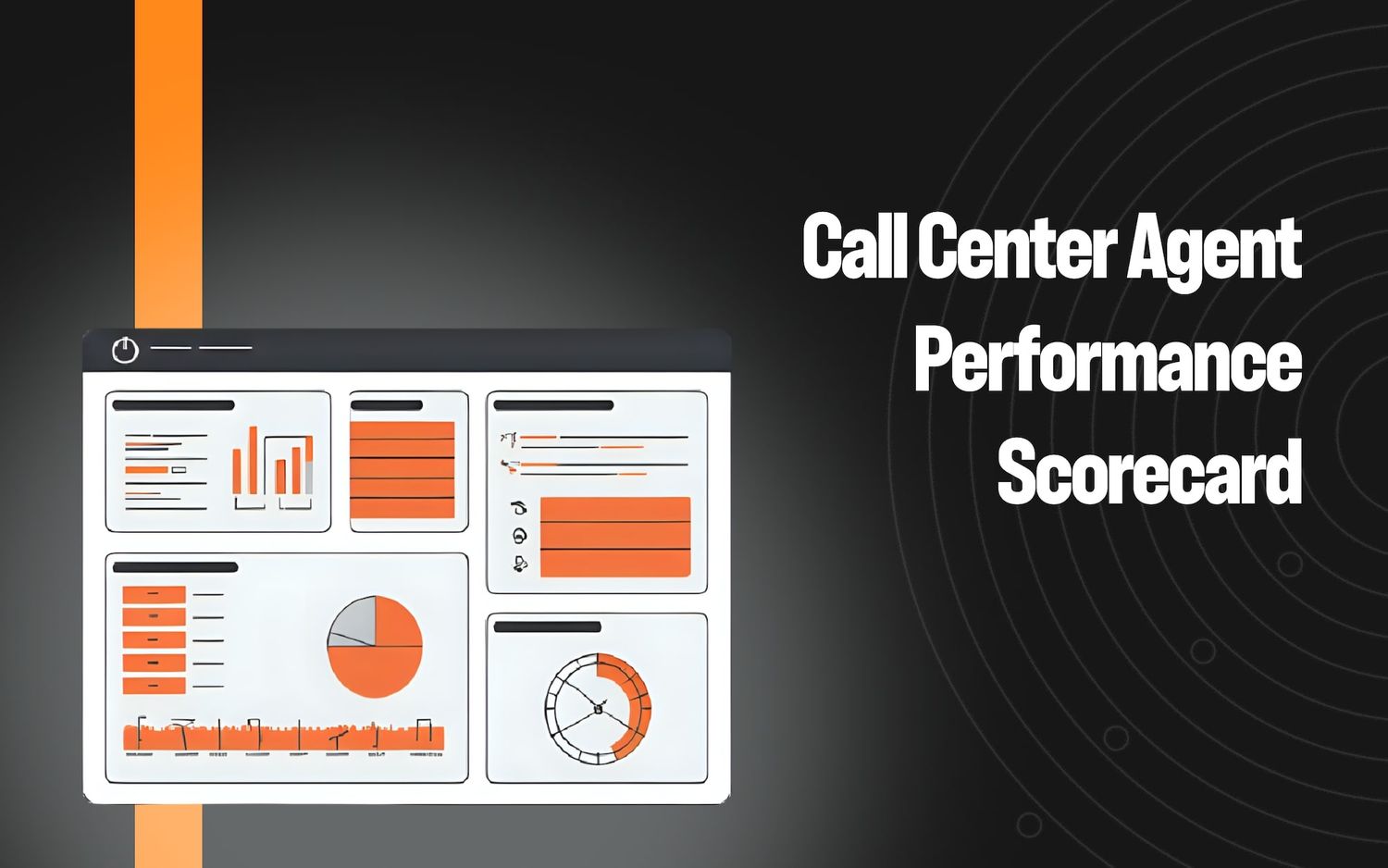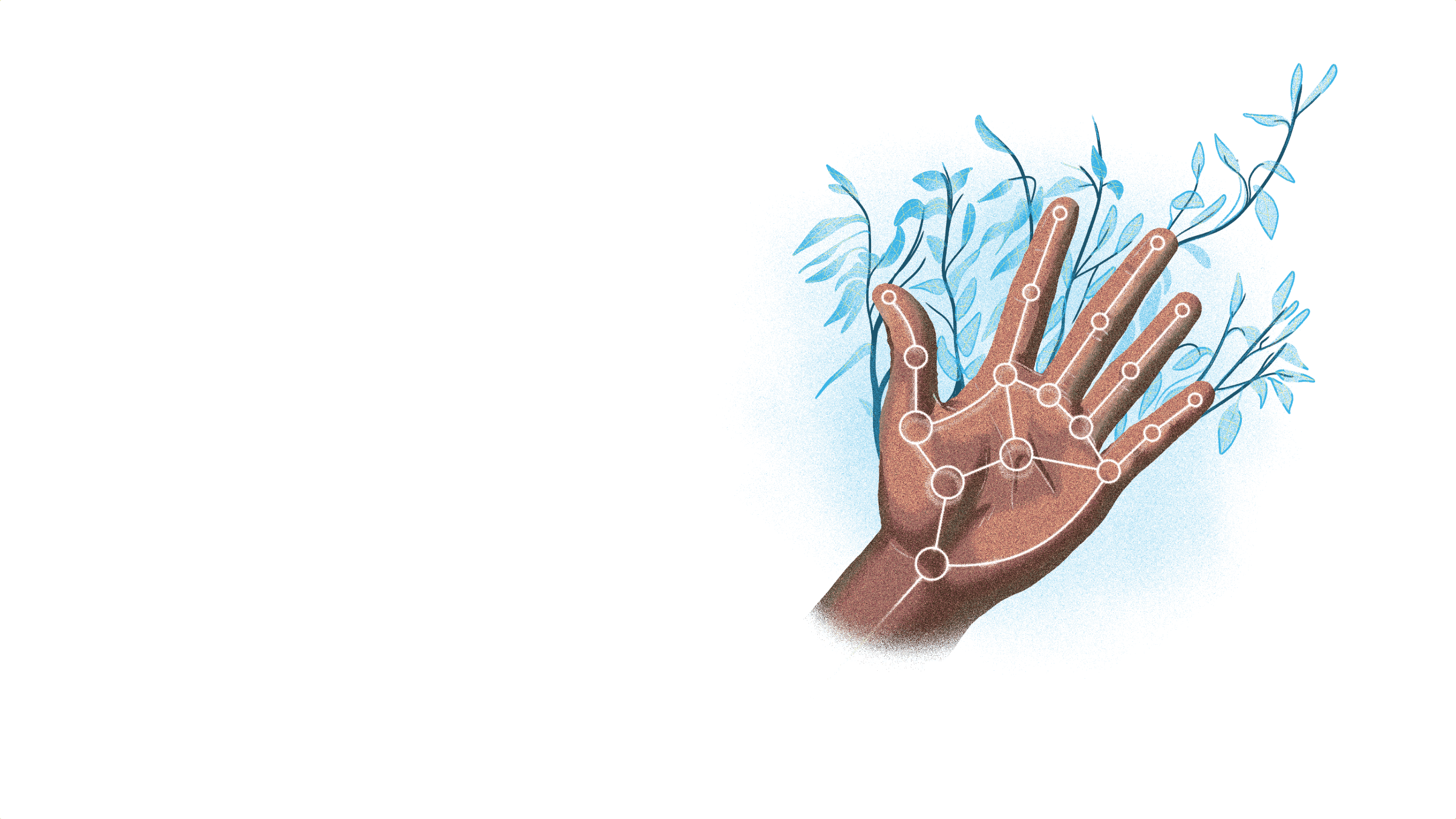What is Customer Service – Redefining The Customer Service Experience?


In this article, we will break down the history and concept of Customer Service and outline our top 5 recommendations for Customer Service software you should include in your tech stack.
We will also share some key traits of effective CS teams and, as a bonus, share a recommended solution that can help refine and optimize your Customer Service strategy.

What is Customer Service?
Jeff Bezos ( CEO and Founder of Amazon) has a famous quote: “If you make customers unhappy in the physical world, they might each tell six friends. If you make customers unhappy on the internet, they can each tell 6,000”.
So, What is customer service?
To answer this, let’s preview a few excerpts from trusted brands:
- Wikipedia: “Customer service is the assistance and advice provided by a company to those people who buy or use its products or services.”
- Salesforce: “Customer service is the support you offer your customers — both before and after they purchase your products or services.”
- The future of e-commerce: “Customer service is the assistance and guidance a company provides to people before, during, and after they buy a product or service.”
- Gartner’s Glossary: “Customer service and support or CSS is responsible for retaining and extending customer relationships after selling a product or service.”
Notice how all definitions highlight the way “Customer Service” serves as a connection between the “Brand/Product” and the “Customer.” We can thereby infer a direct correlation between good customer service and brand, product, or service loyalty.
So, what’s the history of customer service?
The History Of Customer Service.
1750 B.C. Mesopotamia
Unbabel details that the oldest documented customer service story takes us back to 1750 B.C. in Mesopotamia, the cradle of Western civilization.
A man named Nanni bought copper ingots from a merchant named Ea-Nasir.
It turns out the product was mediocre, so, as one historically did, Nanni sent messengers through enemy territory to claim his refund.
Ea-Nasir wasn’t having it!
He sent the messengers home empty-handed.nThus, the first customer service complaint ticket was born.
1876 – Bell’s Invention
Fast forward a few thousand years to 1876; not just the exchange of swords, but now radio signals.
1876 was the year Alexander Graham Bell patented the telephone, single-handedly changing how customers interacted with businesses.
These innovations were not only more efficient, but they also helped businesses offer higher-quality service to their customers worldwide.
In the 1894 and 1920s, telephone switchboards and Rotary dials were invented.
Some have nicknamed the ’80s ‘the golden age of customer service.’
Before this era, people had to bring their products back to the store and simply hope the owner would accept the return.
The 1930s & Its Invention of IVR
Another springboard for better customer service was IVR or Interactive Voice Response. These systems allow you to call in and simply say “yes” or “no.” They guide callers to the correct person who can answer their questions rather than bouncing them around to irrelevant or dead ends.
The Web Age: Social Media, CRMs, and AI
In the 1990s, the internet became public, delighting callers and businesses alike by opening up a plethora of better customer service options.
A new power confronted the Kingdom of voice – online support in the form of email, live chat, and social media.
Today, businesses have swapped out switchboards for CRMs and AI-assisted Contact center software like Level AI.
5 Traits That Can “Make” or “Marr” Your Customer Service Teams.
1. Communication:
CS teams are usually the first touchpoint for disgruntled customers and should have the proper training.
Good communication, or the lack thereof, can significantly affect how your customer perceives the brand.
Three golden communication rules for Customer Service teams are:
- Maintaining eye contact with customers
- Maintaining a good posture while speaking.
- Listening and observing verbal expressiveness with empathy.
Implementing processes that help measure whether or not your CS reps are friendly, polite, and stick to customer service is a best practice.
2. Ability to Plan Good Customer Service:
You know what they say, “if you fail to plan, you plan to fail.
It’s easy to think that just because you have trained your CS team, everything’s going to go smoothly.
However, it never really does.
There are days your team might encounter a tough, excessively demanding customer.
Without any planned processes for dealing with these types of customers and events, your CS personnel might be pushed to the wall and react in a relatively hostile manner.
According to Blodgett and Wakefield (authors of The Effects of Customer Service on Consumer Complaining Behavior), you can plan for such extremes by:
- Creating a process for observing, documenting, and escalating customers’ complaints early up the command chain.
- Training your team to be proactive in service improvement.
- Having recording and reporting procedures in place.
Finally, there should be a way to keep tabs on the quality of the information received.
3. Technical Competency:
Customers will find it easier to rely on your CS team when they are confident that your CS team is knowledgeable and has the expertise to address their concerns. Have you trained and equipped your team with the correct information?
A few factors affecting how customers perceive your brand are efficiency, reliability, and confidence.
Your CS team should have proficient knowledge of your service or brand. One way to achieve this is through solid customer service training programs that include exercises for interpersonal communication, product knowledge, conflict resolution, and more.
4. Accessibility & Customer focus:
Are your customers bounced around? i.e., ☎️Hi Ali, thanks for contacting xx; we’ll pass you on to bob.
Bob picks up and says, “Hi Ali, we’ll pass you on to Johnson,” Johnson, who’s not sure, passes Ali to someone else.
Customer focus practices ensure your CS teams promptly address your customer’s pain points with a tailored solution.
You should also implement accessibility measures to assess customer service availability – physical or helpline.
5. Service Quality:
Measuring service quality will help you capitalize on your strengths in sales and marketing strategy. You can leverage surveys and customer feedback forms for this.
Top 5 Core Customer Software You Should Have In Your Digital CS Stack
Before we dive into this section, it’s important to remember that the number one customer service software isn’t “a tool”; it’s a good CS team.
Customer Service software simply assists your team by simplifying tasks. They complement your customer experience and enable your service teams to focus on more strategic activities.
Here are some core tools you should have in your Customer Service stack and why.
Tool(s) for Call management.
The core functionality of contact center applications. Real-time communication tools help your customer support teams deliver immediate service to a customer in a live setting.
These call management tools handle activities such as logging incoming telephone calls and transactions.
Depending on your company’s budget and size, you could explore options like Aircall, TalkDes, etc.
If you’re using a CRM, you should find out if your provider has add-on call service software.
An Internet-based customer service suite.
This isoften called an e-service or customer service suite. It allows customers to interact with businesses over the web conveniently.
Some examples are Zendesk, Hootsuite, MailChimp, Slack, Recurly, and even Facebook (which can be used with your select CRM).
Field service and dispatch (FS/D) systems.
FSD systems are most common in the service industry.
Field service management typically involves dispatching workers or contractors to a location outside company premises to install, maintain or repair equipment, systems, or assets.
In recent times, FS/D has become a crucial component of complete CSS suites and CRMs.
Some examples of FSDs are; Salesforce field service, Azuga fleet, Service Titan, Skedulo, etc.
Contact center tools
In the past, traditional call centers only handled customer phone calls.
However, with the rise in digitalization, contact centers now process all forms of consumer communication, including voice (e.g., telephone, IVR, speech recognition, and voice verification), the Web, fax, video kiosks, and e-mail.
Contact center software provides a service-based environment to help agents seamlessly handle all types of contacts regarding sales, customer service, marketing, telemarketing, collections, and other functions.
Some examples include RingCentral, Avaya, DialPad, Genesys, etc.
Call Center AI
AI-assisted tools like Level-AI leverage technologies such as real-time analysis to improve the performance of human agents by analyzing call center conversations in real-time and across multiple channels.
Depending on your use case and architecture, this might be of added value to your CS team.
Redefining Your Customer Service Experience With Level AI
In the previous section, we discussed contact center AI tools as one of the five core components you want to integrate into your customer service digital stack.
Putting the latest AI/ML advances in the hands of customer care agents, quality assurance managers, and call center leaders can achieve speedy issue resolutions.
One such tool is Level AI.

Level AI is more than just “your typical call center software.”
With the latest NLP advances, Natural Language Understanding (NLU), Level AI helps its customers monitor and analyze call center conversations in real-time across all channels – voice, email, and chat.
This omnichannel conversational intelligence platform captures the intent of the conversation, not just keywords resulting in two times more accurate insights and automation.
Are you looking for a game-changer? An app that easily integrates with your tech stack?
A way to redefine your customer service experience?
Then look no further!
Request a free demo today and see the power that comes with a new Level for yourself!
Keep reading
View all





